More than just an aspect of an athlete's life, sports nutrition is a cornerstone of athletic performance. Focusing on training alone will not allow you to push your limits if you overlook the nutritional aspect. While the human body is capable of storing the energy needed (in the form of glycogen) for about 20 miles of intense effort, running a 26 miles marathon is a real challenge.
What are the good practices and the bad habits to avoid to optimize your performance during a marathon?

BEFORE THE MARATHON
Although it is advisable to start earlier, it is possible to prepare your body for the upcoming event a week in advance, by planning each step of the process:
D-7 to D-5: The first step is to gradually drain the body of its glycogen supplies, reducing its carbohydrate intake by 1/3 compared to regular diet.
D-5: Then begins the phase of recomposition of the glycogen stock. Therefore, consume quality carbohydrates every 4 to 6 hours (recovery drink after the effort, vegetables, cereal products, fruits...). It is recommended to take8 to 10 grams of carbs per pound of body weight. At the same time, it is essential to hydrate in quantity, that is 2 liters minimum/day.
D-4 to D-2: This transition period allows you to finalize your glycogen stocks while avoiding possible causes of digestive disorders. In fact, you should avoid substances such as gluten, fats, animal milk, vegetables, spices or fibers. Instead, focus on starchy foods until D-day.
D-1: A more traditional diet can be considered as long as the quantities ingested are reasonable.
To avoid any unpleasant surprises on the day of the race, find out about the various refreshment stands offered by the organization (gels, drinks, fruits, etc) and plan to bring your own snack if the ones offered do not suit you. Therefore, preparing your own food supplies beforehand has the significant advantage of being able to test them during the training (2 to 3 weeks before the event) and limit uncertainty on race day.
Among the practices to avoid, the consumption of milk products and vegetables a few days before the race is in top position. These can cause intestinal problems that could spoil your performance. Instead, opt for meals based on brown rice to provide the necessary carbohydrates.
DAY OF THE MARATHON
On the day of the effort, it is recommended to give preference to glycogen intake in liquid form (gels) or semi-liquid form (fruit pastes) in order to avoid any gastrointestinal problems.
During the effort, hydrate well at each refreshment station. It is essential to be well hydrated and to split your intake in order to avoid an overload in your stomach. This strategic aspect of the race helps to fight against dehydration caused by the intensity of the effort. However, beverages rich in minerals and sugars adapted to the effort must be preferred to water. You can therefore switch between water and energy drinks such as Gatorade to ensure that your body is refilled withelectrolytes and minerals that have been lost in the sweat. Do not hesitate to splash water on yourself if necessary to lower your body temperature if it is very hot.

The idea of running on adrenaline is to be avoided. This hormone produces short bursts of energy during high intensity efforts but is not adapted to endurance sports. It increases the heart rate which depletes the body's energy resources more quickly.
AFTER THE MARATHON
The intensity of an effort tires your body and it needs carbohydrates toregenerate itself.With time and proper nutrition, your body will be less vulnerable to injuries. Just like the pre-race meal and refreshments, the post-race meal is just as important.
Ultra Energy 4:1 bars are perfectly adapted to recovery after an intense effort as they allow to fill up empty glycogen reserves, with an optimal contribution between carbohydrates and proteins (ratio 4:1). In addition to their nutritive and regenerative virtues, these bars can be considered as a delicious snack.
In case you prefer a liquid intake,Näak Ultra Recovery powders also aim to provide the body with the materials it needs to regenerate itself. Each portion contains 24g of complete plant-based or cricket protein and 4g of BCAAs (regenerative protein).

TAKEAWAYS
This article outlines the best practices to put in place and the pitfalls to avoid in your preparation for a marathon. To sum it up, here are the main takeaways to remember:
- Pre-race nutritional preparation is just as important as athletic preparation, it should not be overlooked, but rather all stages of the process should be planned.
- Getting used to all the elements you will ingest on race day is essential to avoid gastrointestinal problems that could affect your performance.
- On D-Day, prefer liquid intake so as not to clog your digestive system.
- Time and adequate energy intake are your best weapons for effective recovery after exercise.


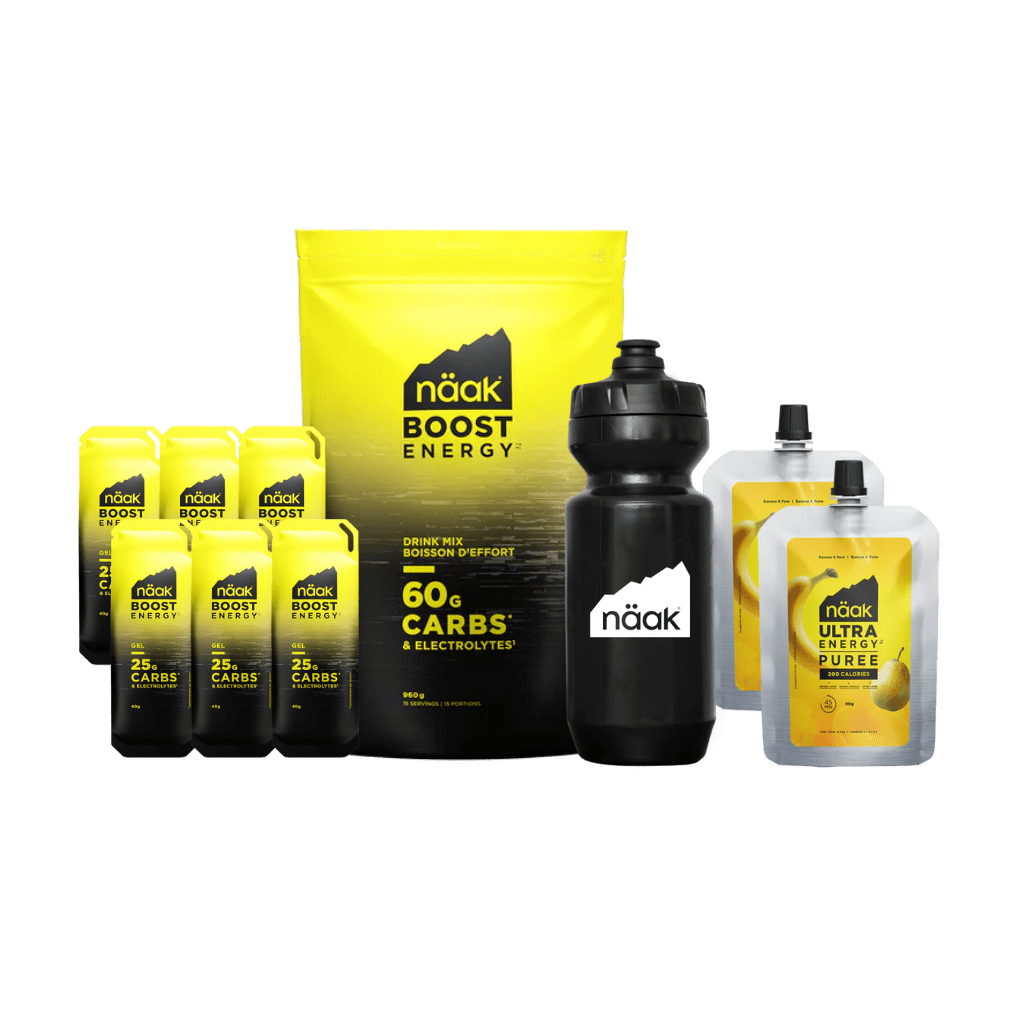
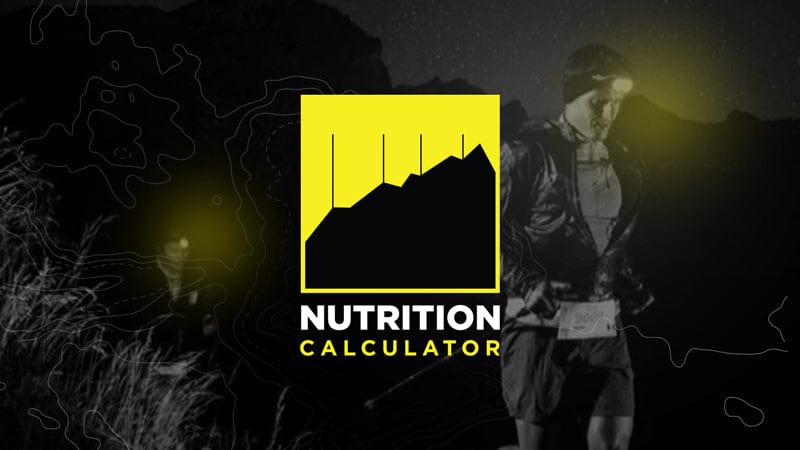
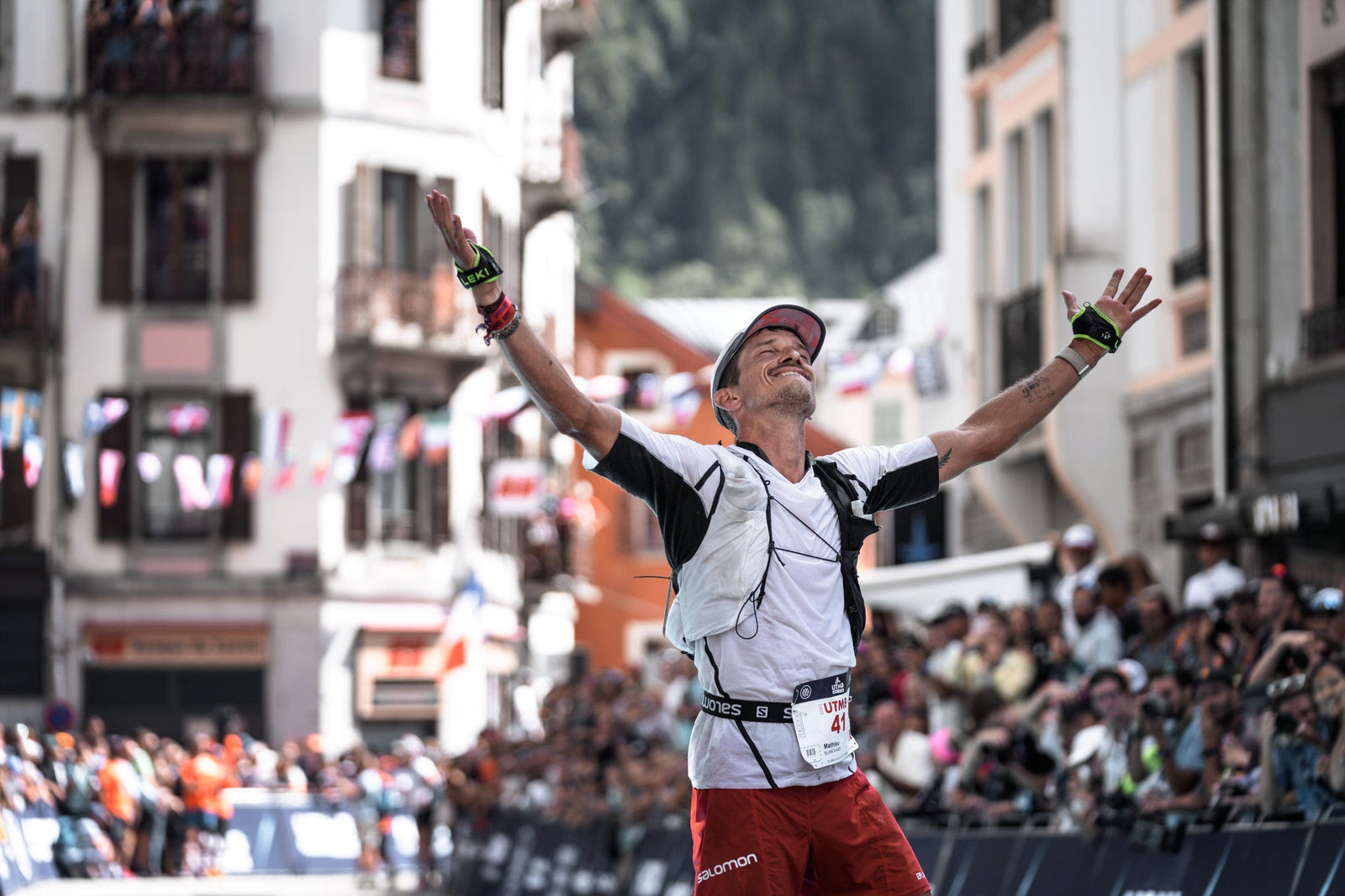







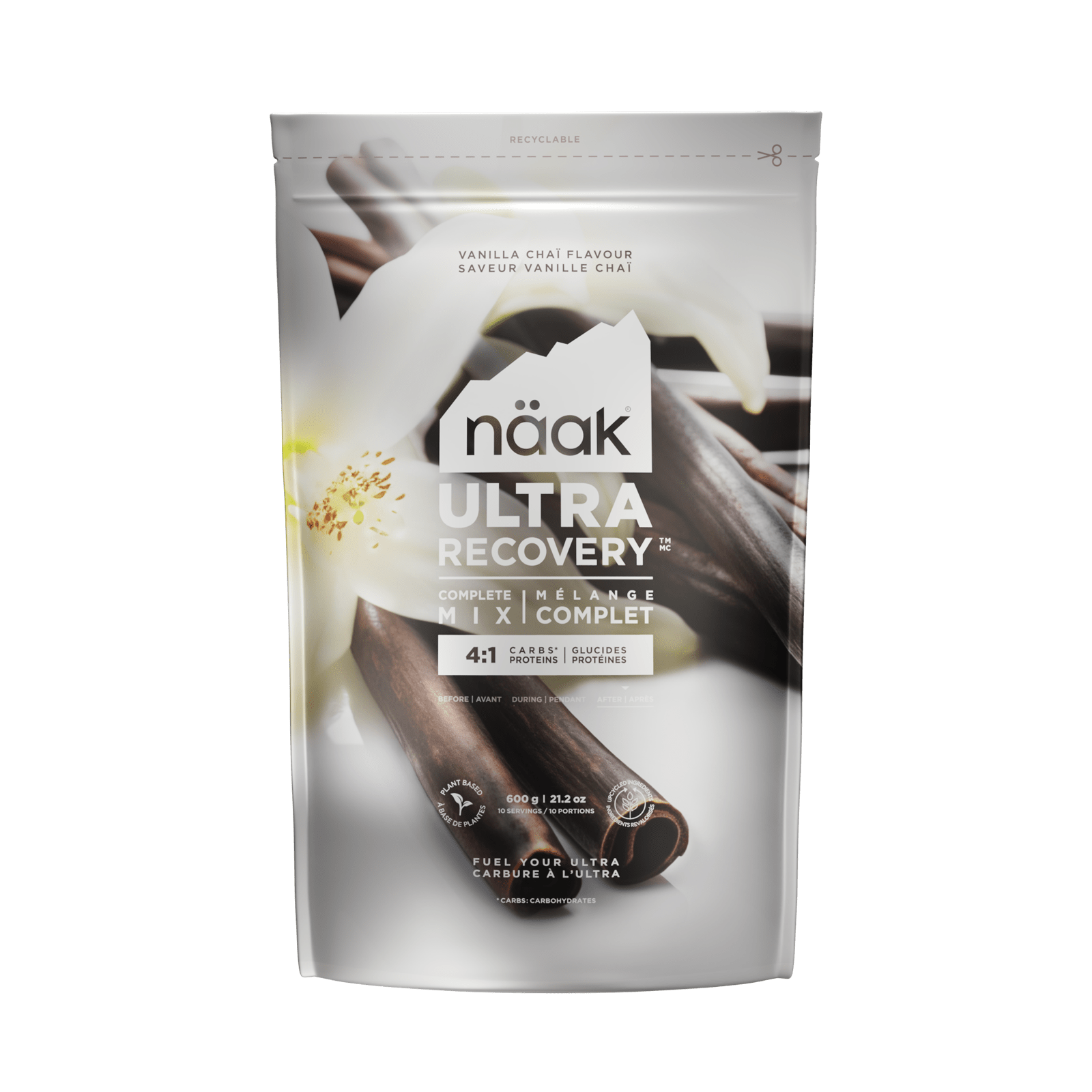
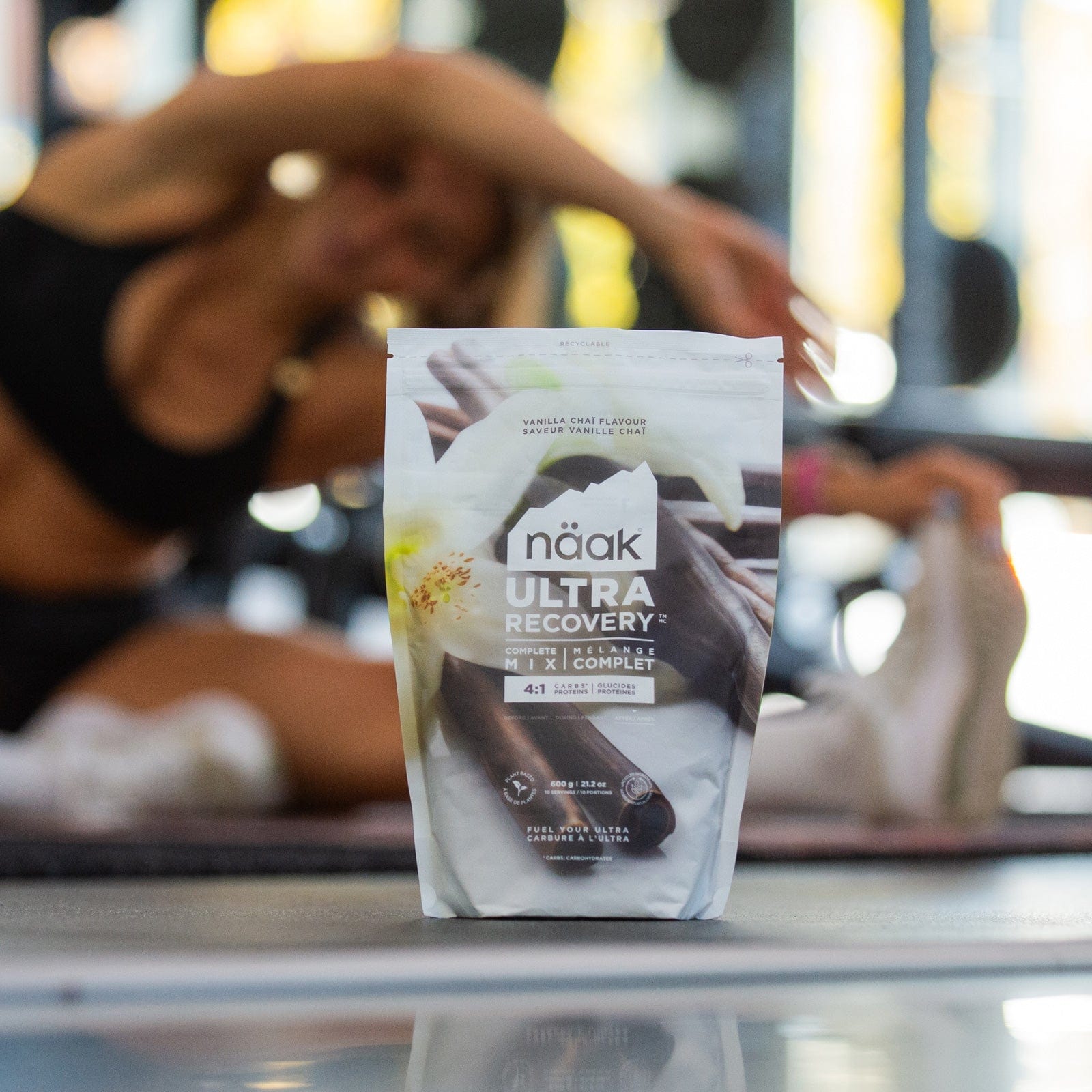
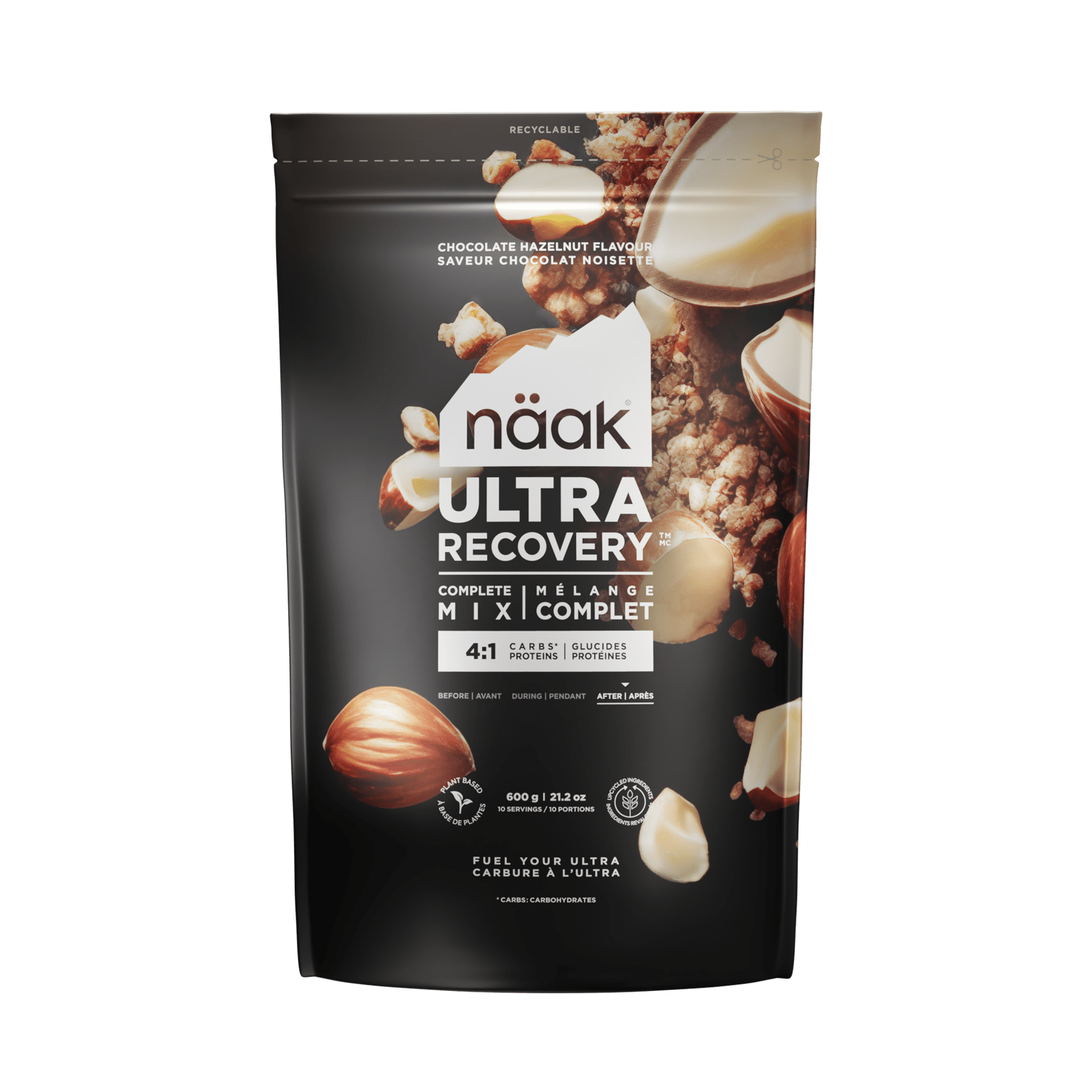
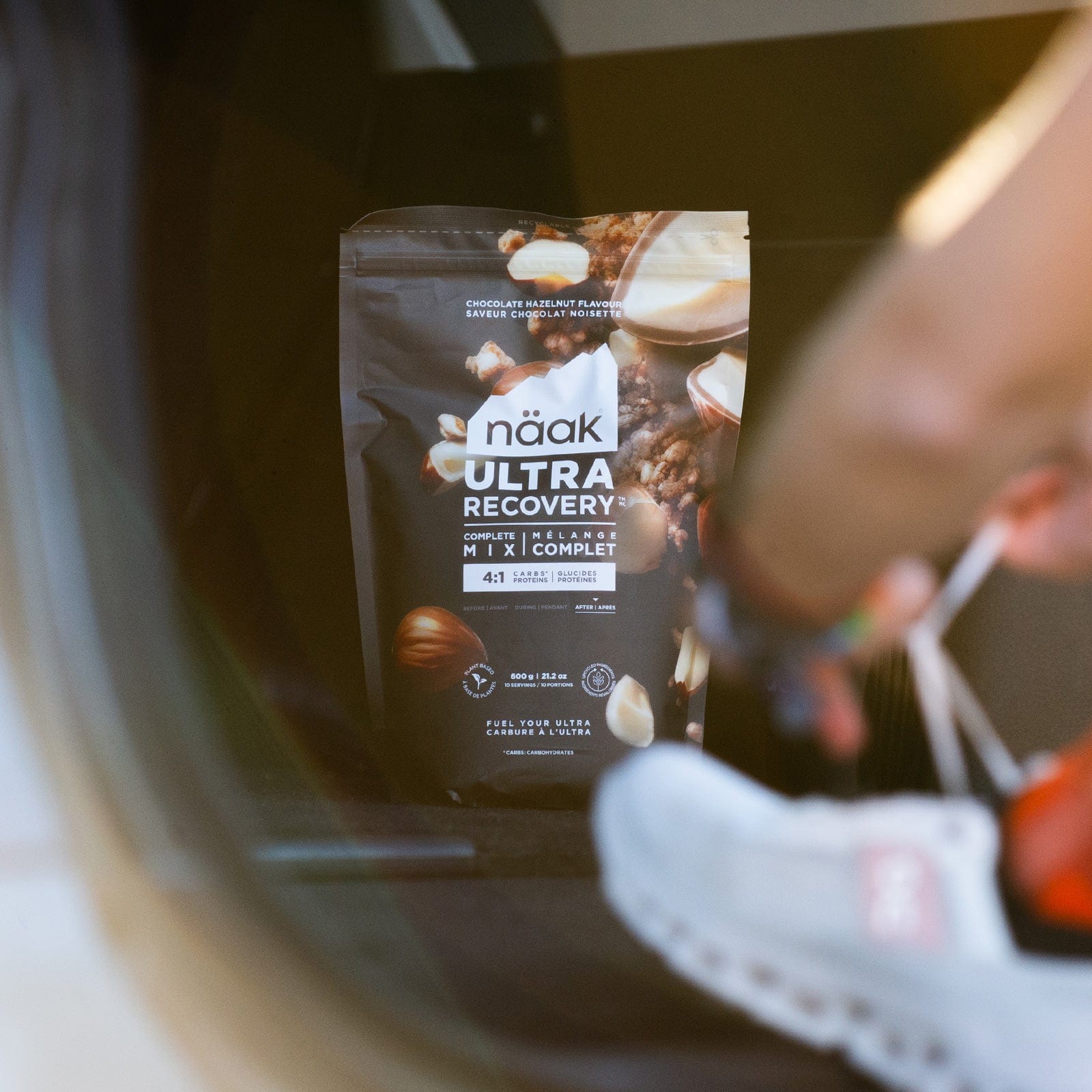
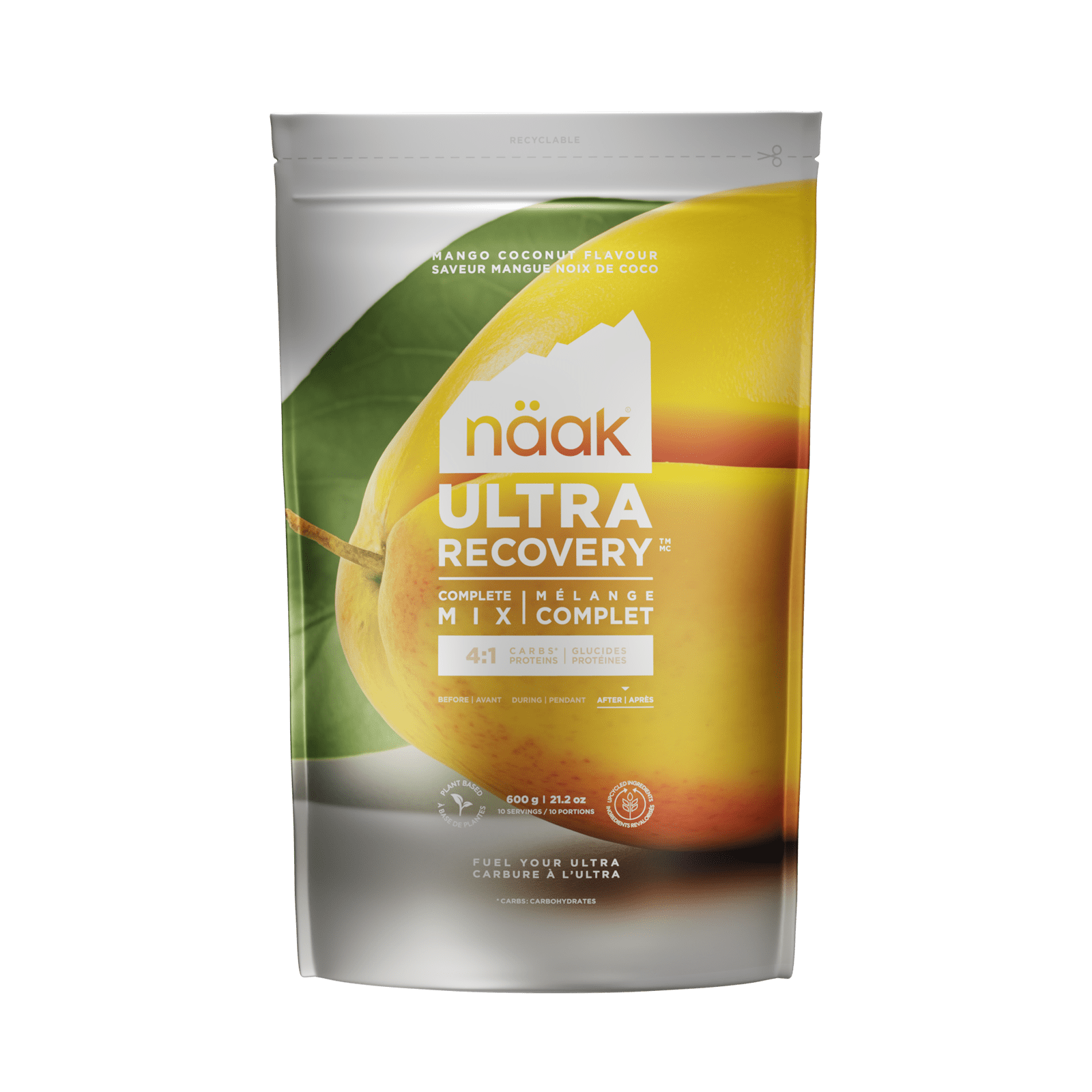
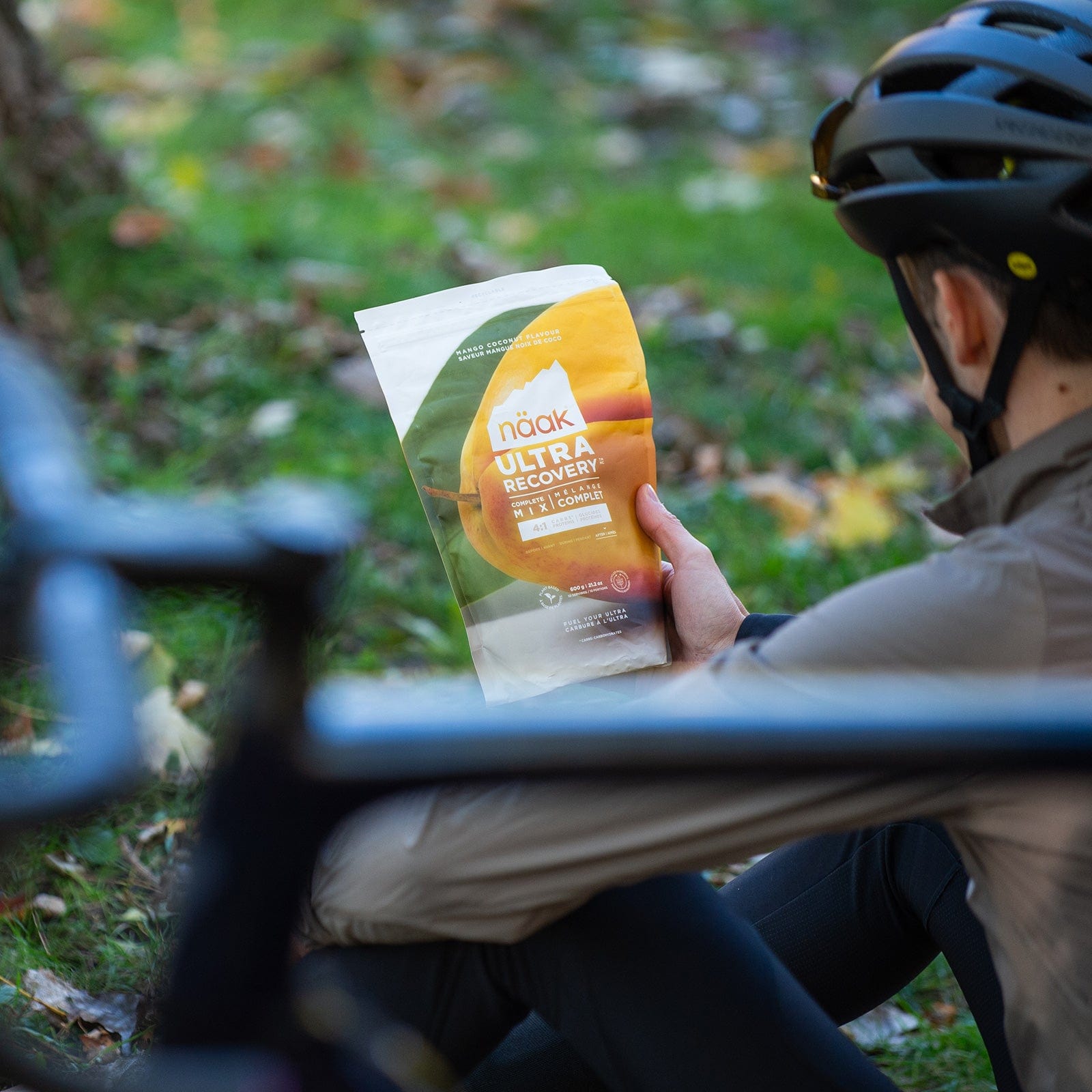

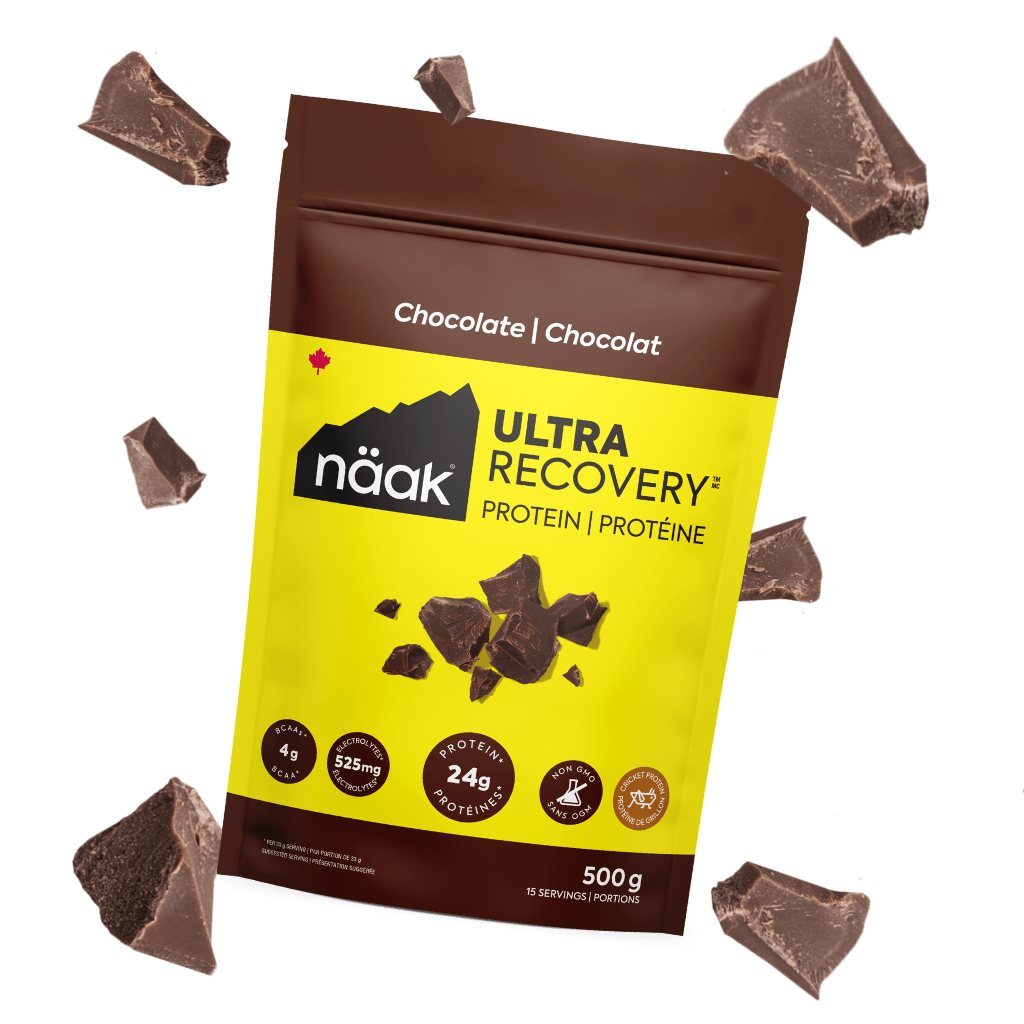
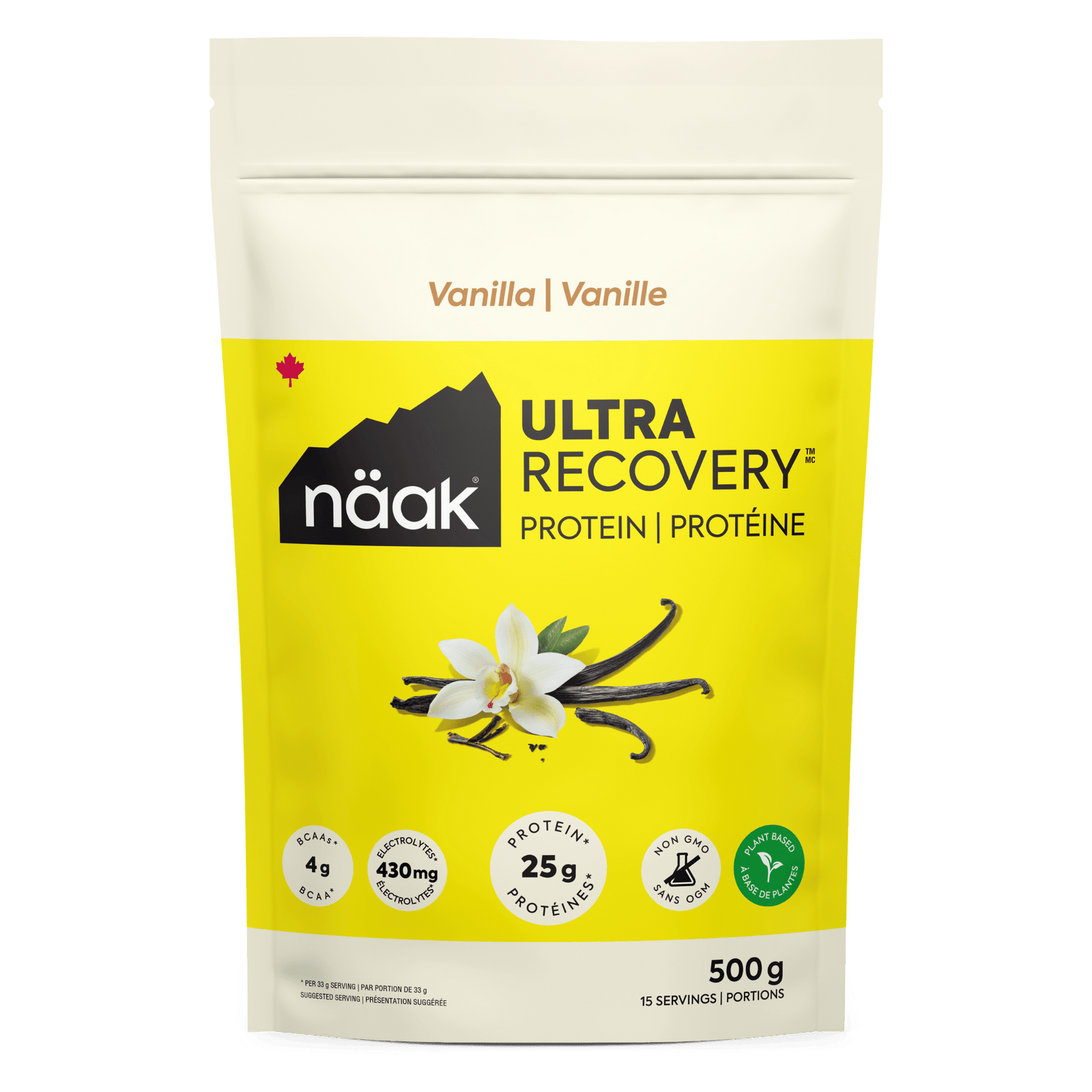
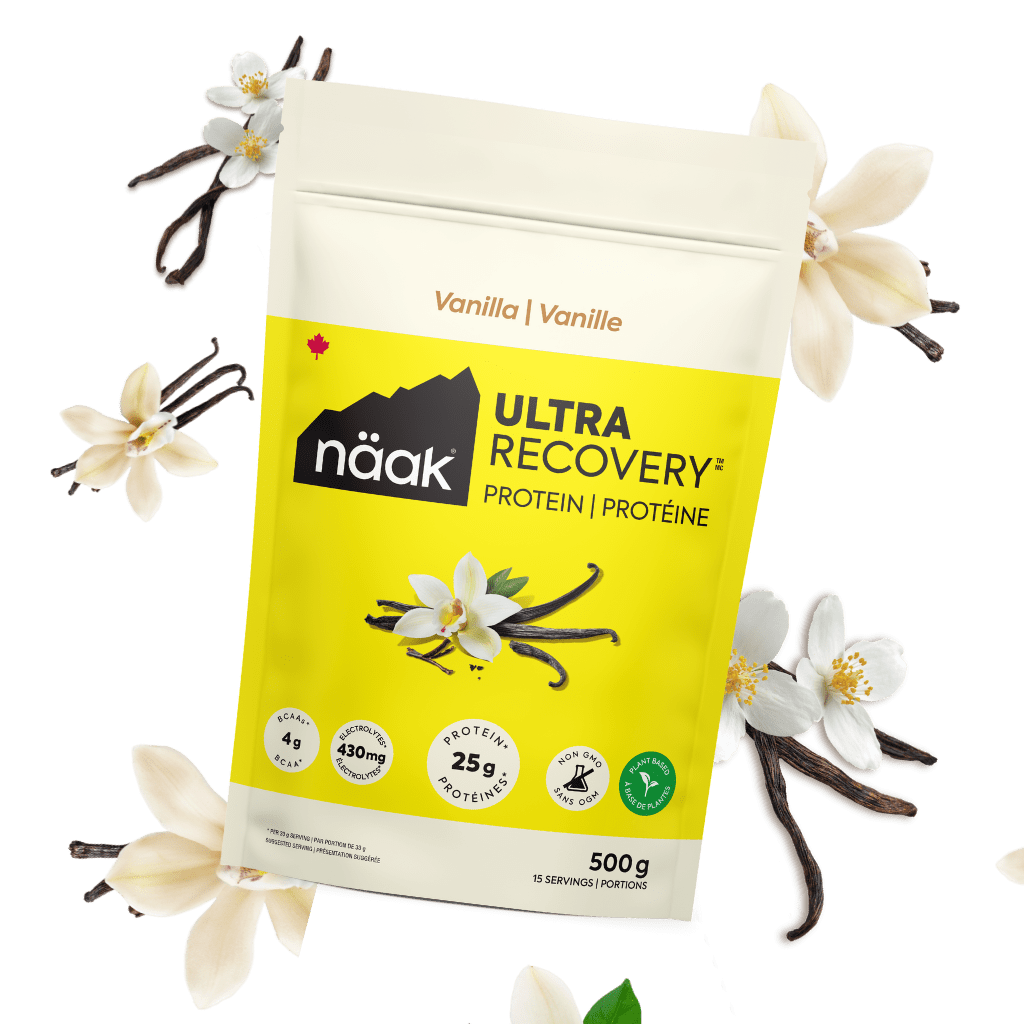
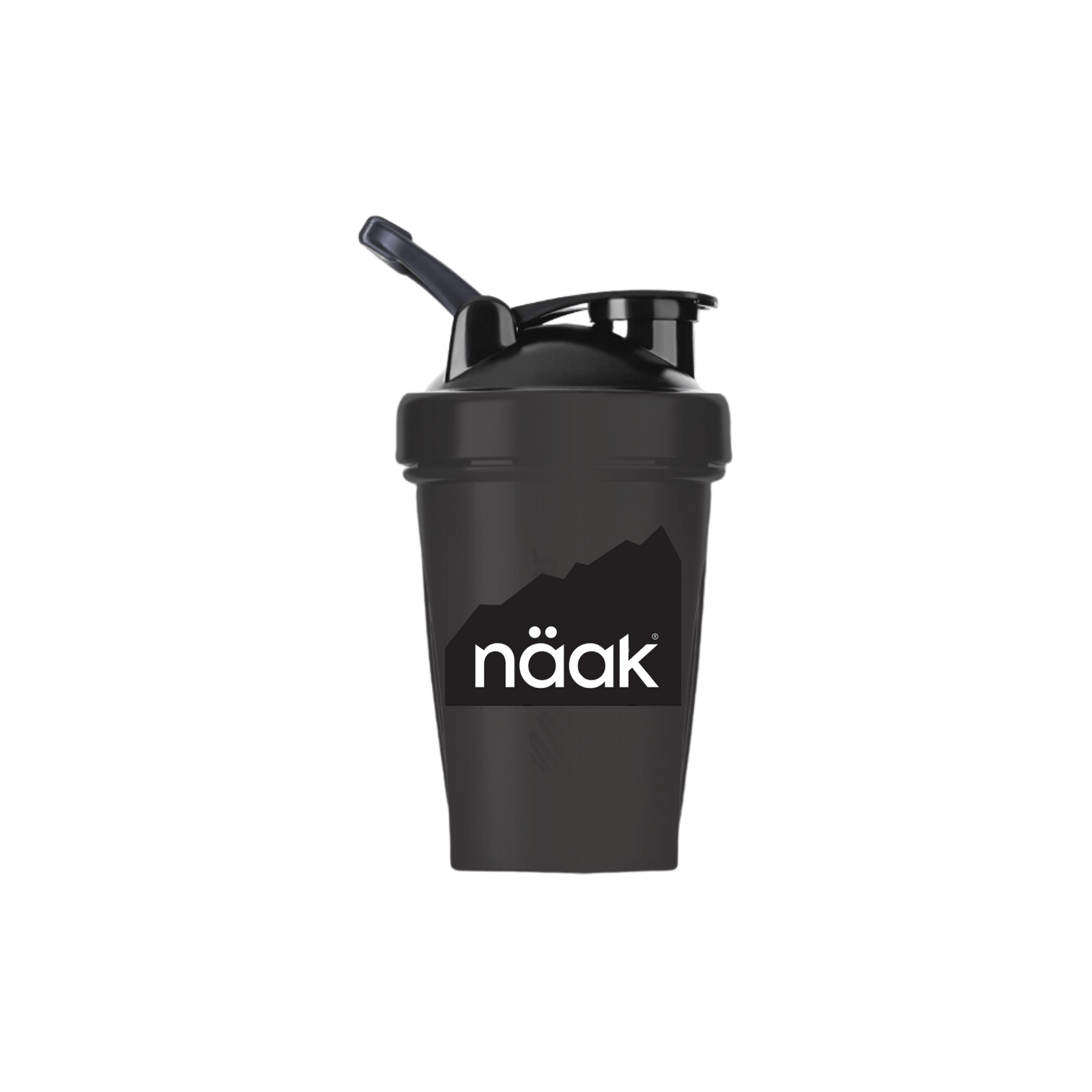
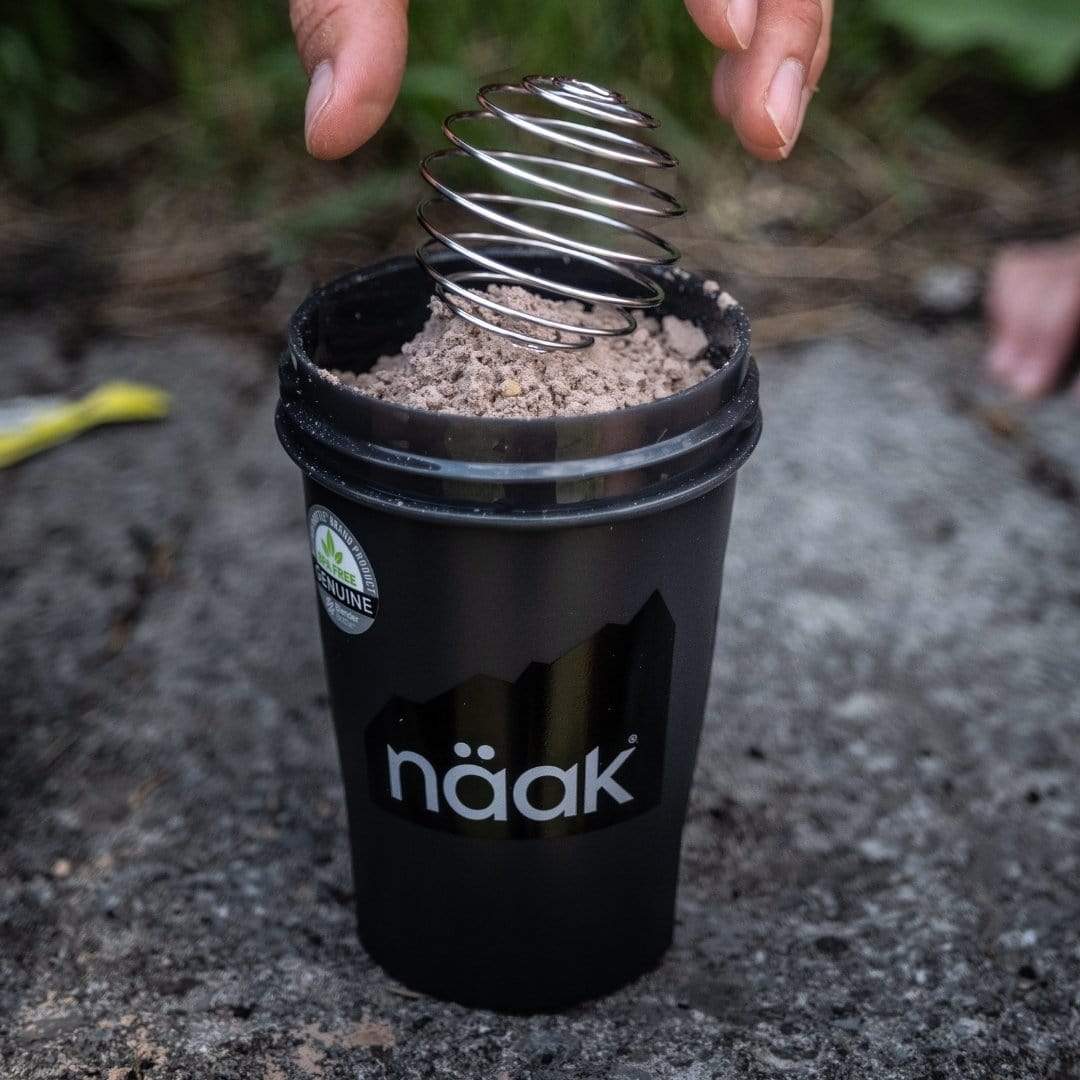
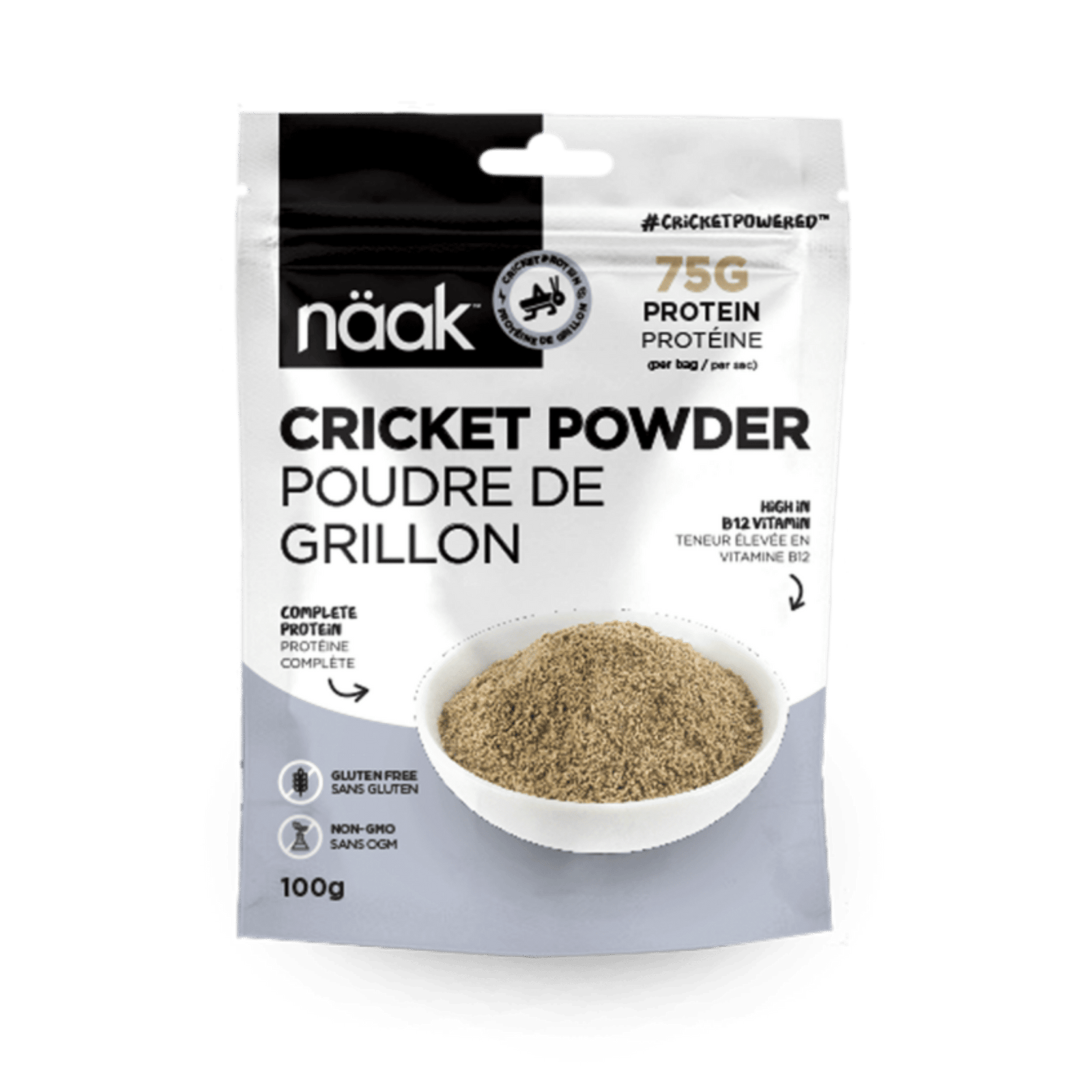
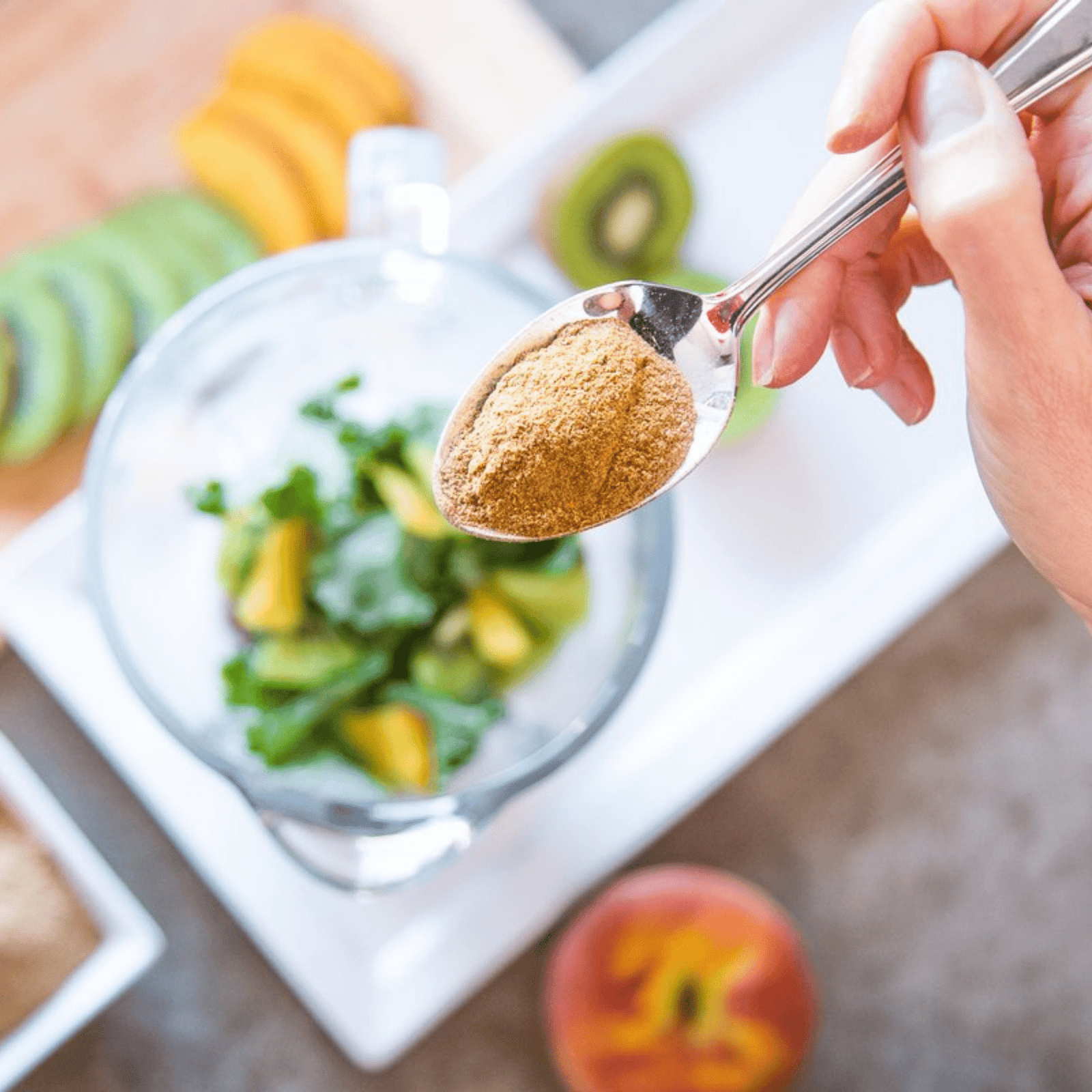
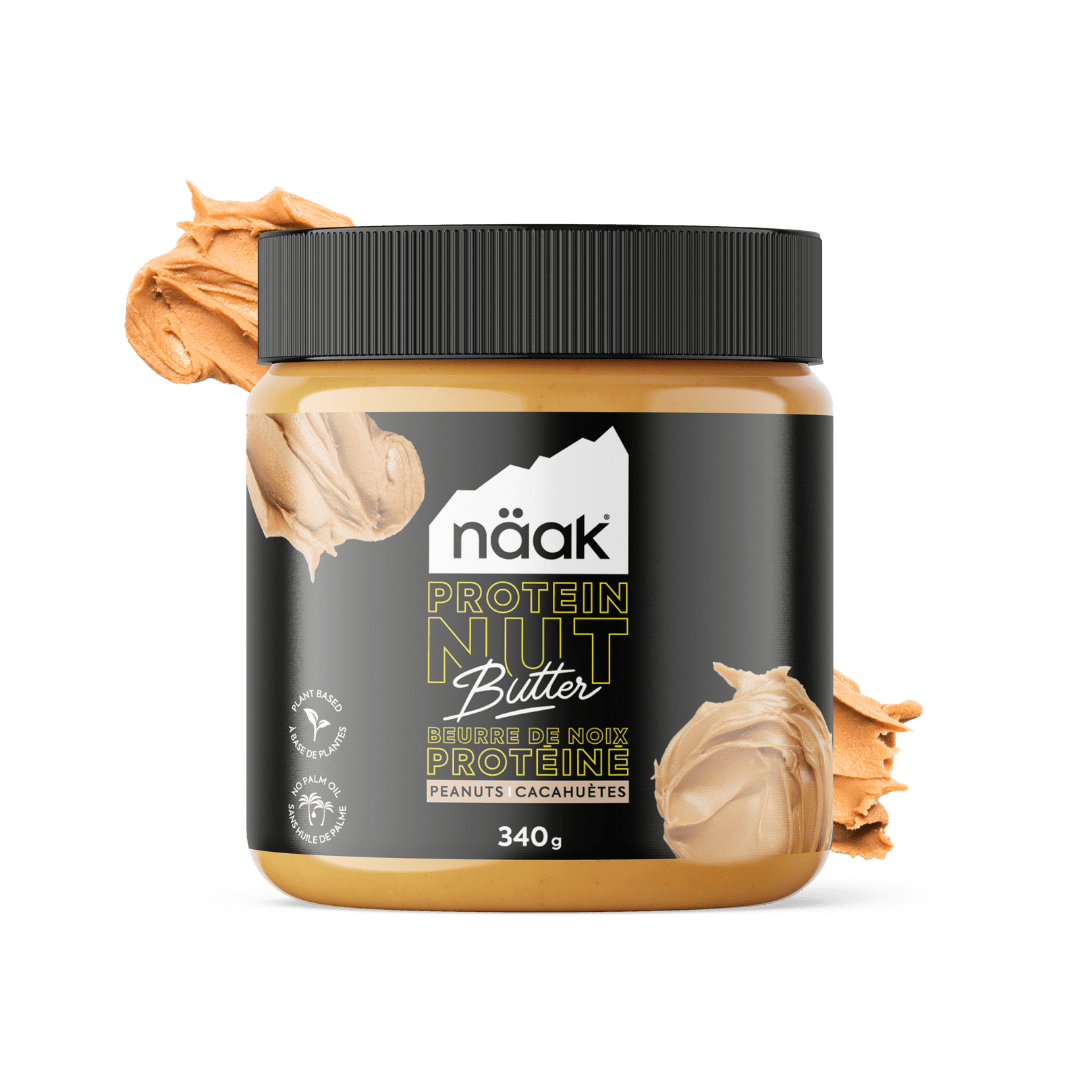
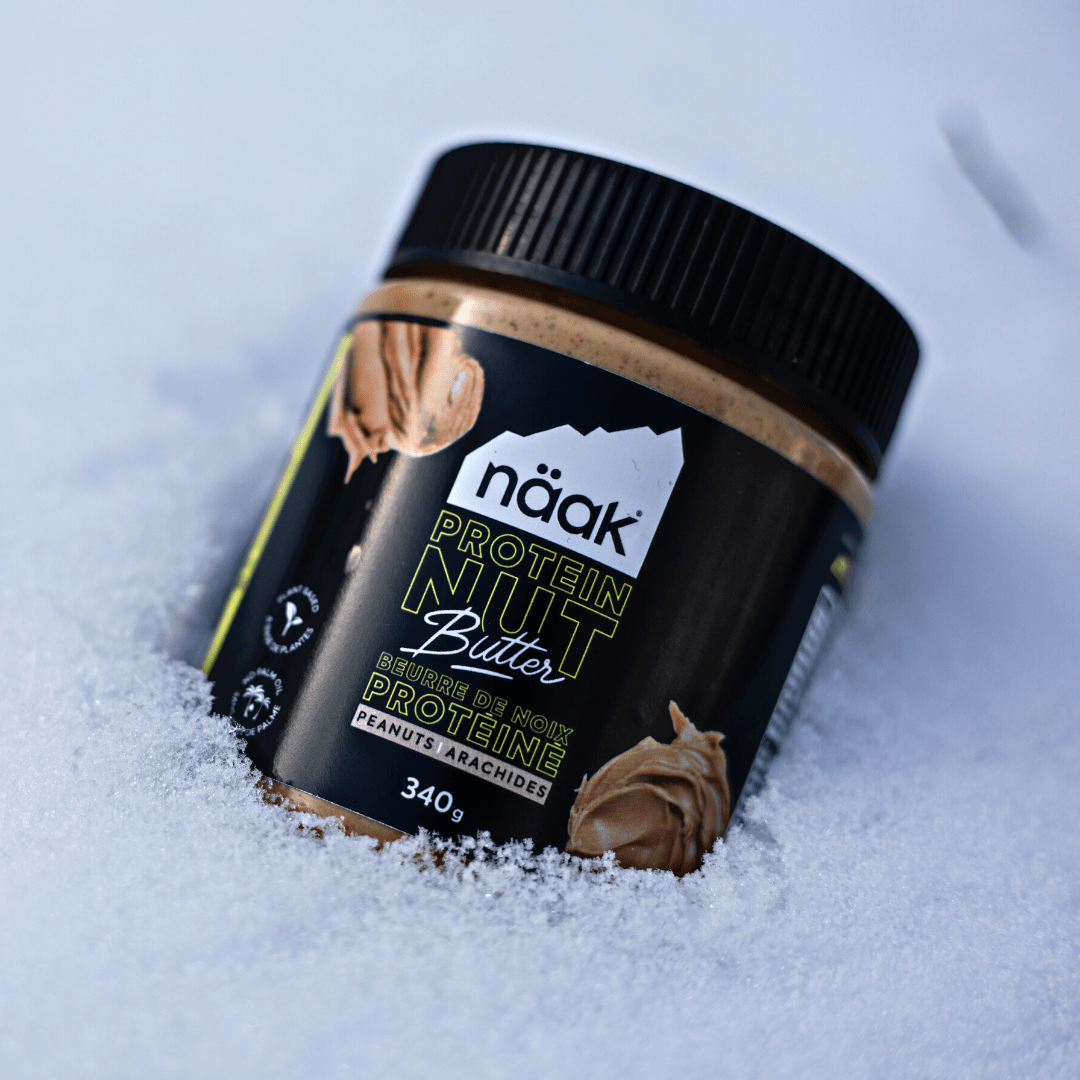
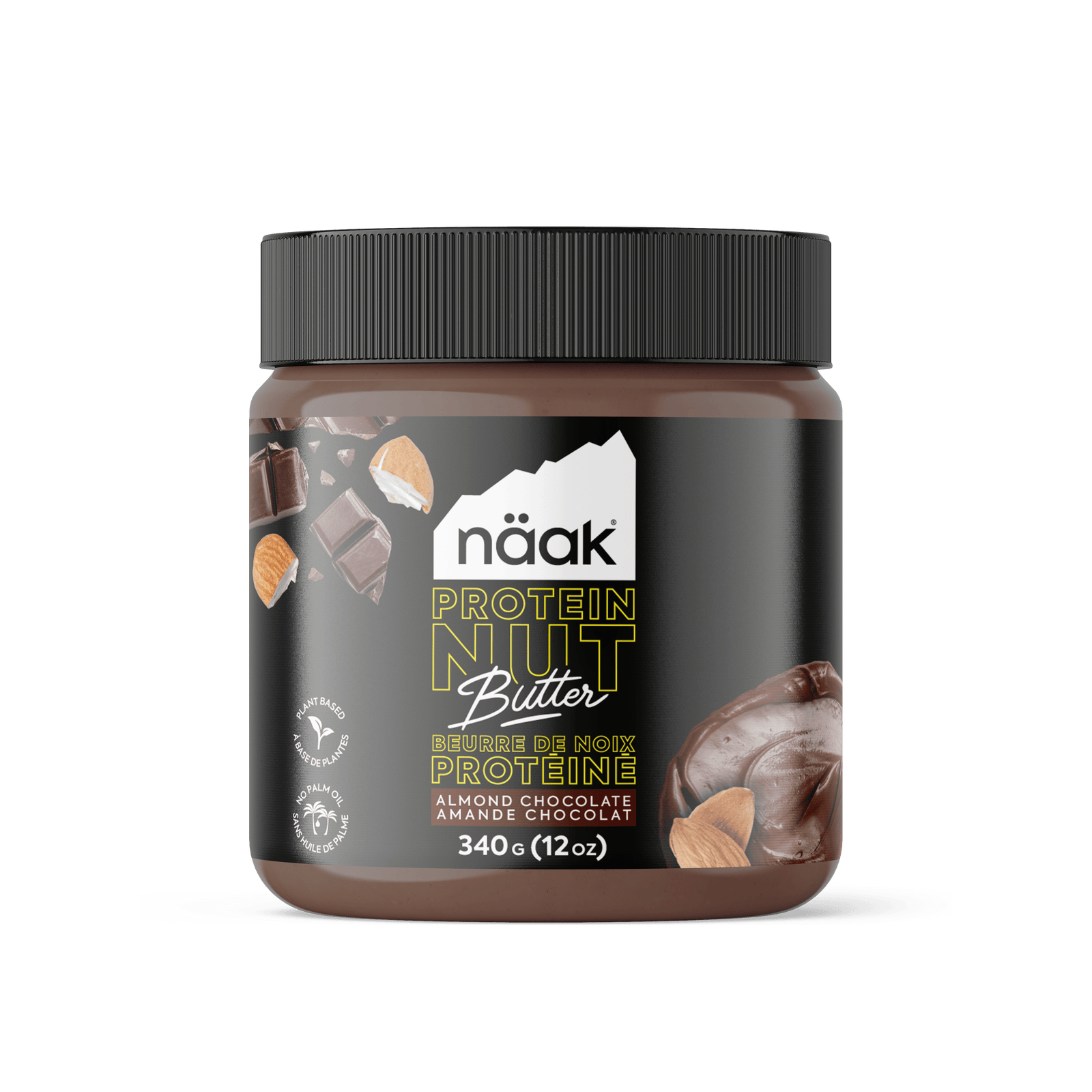
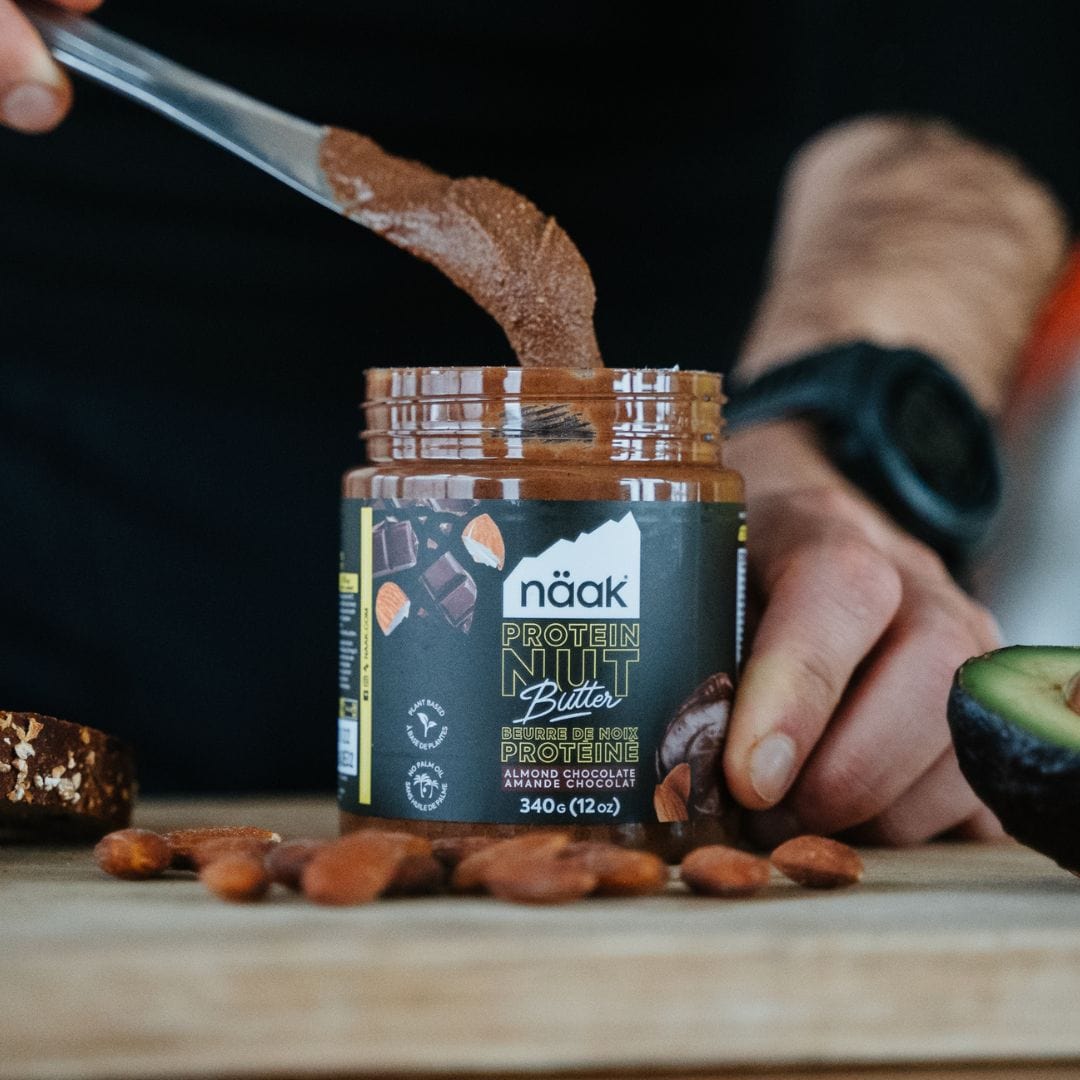
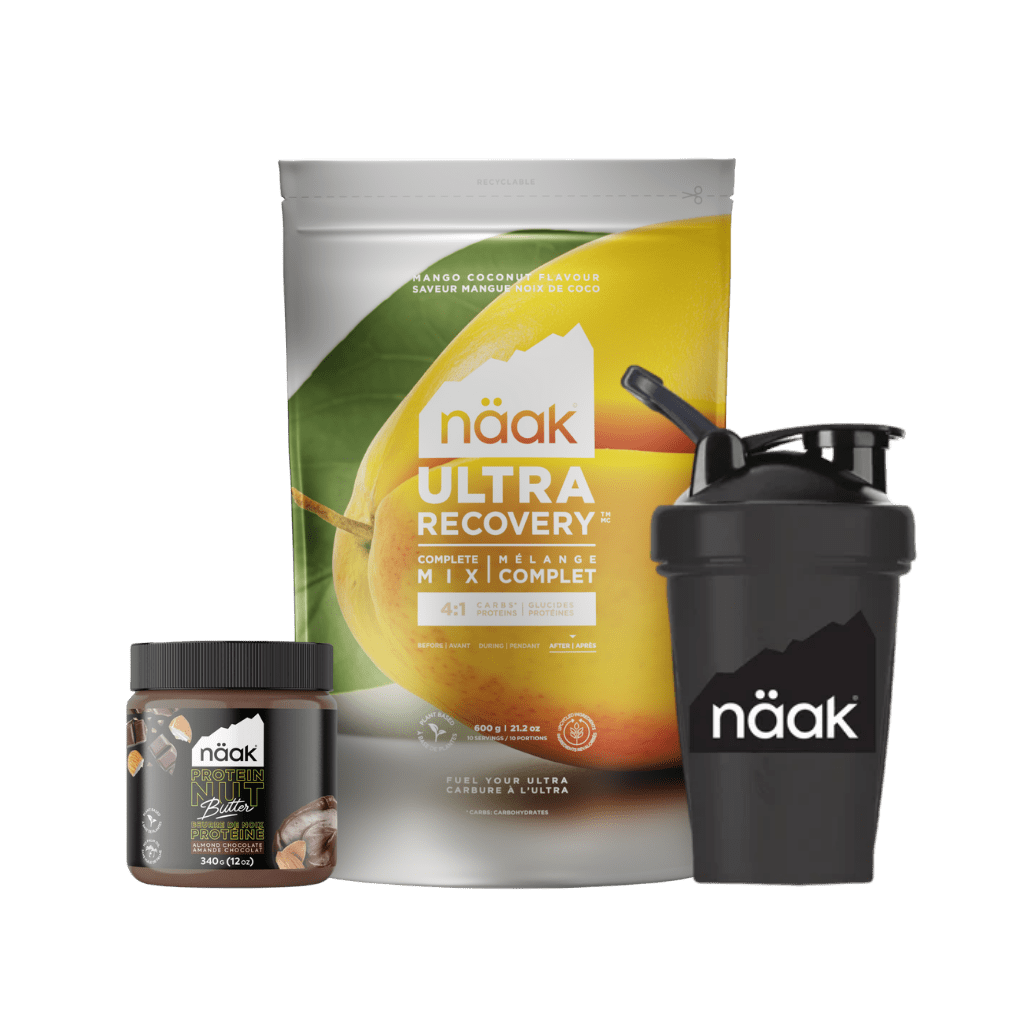
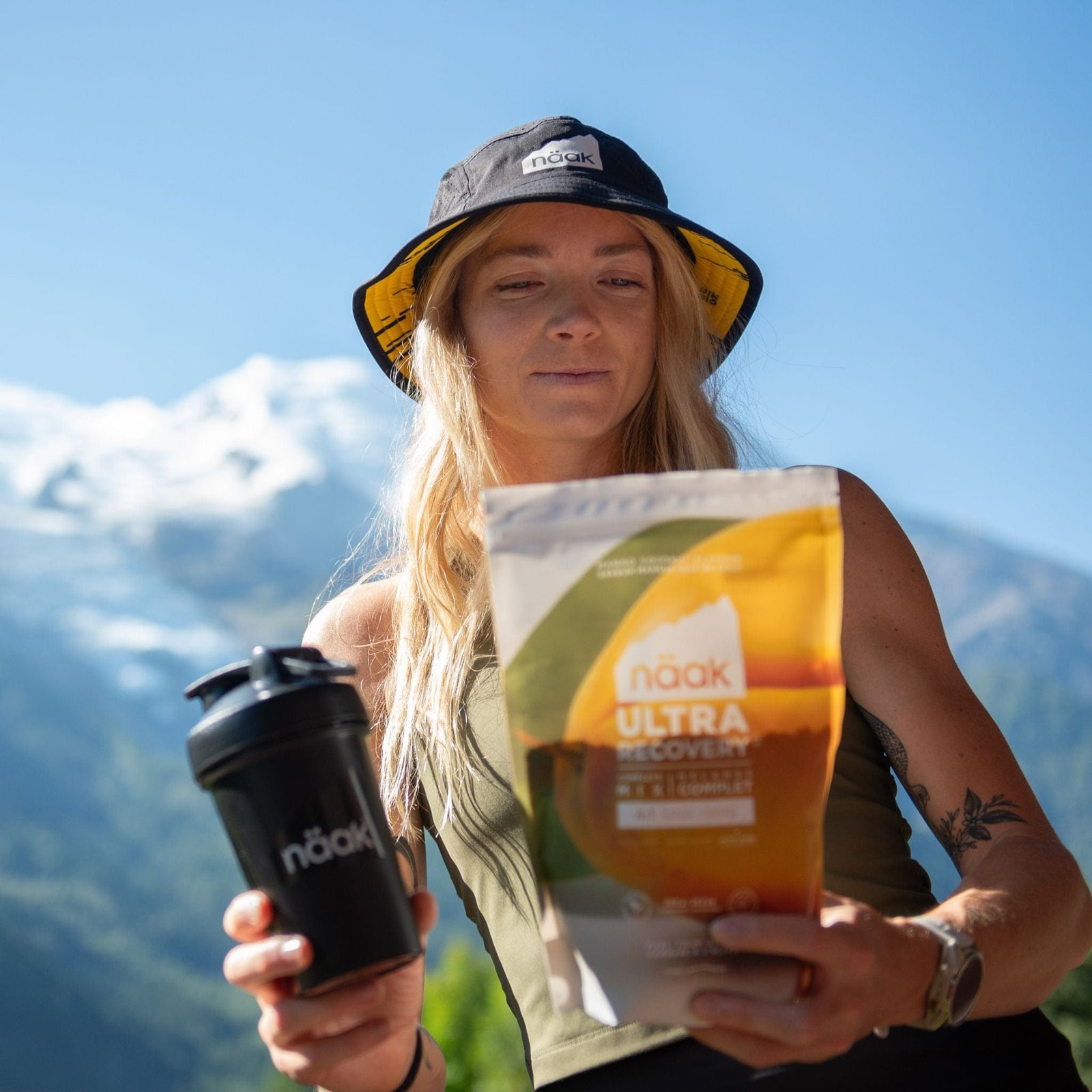
Leave a comment (all fields required)